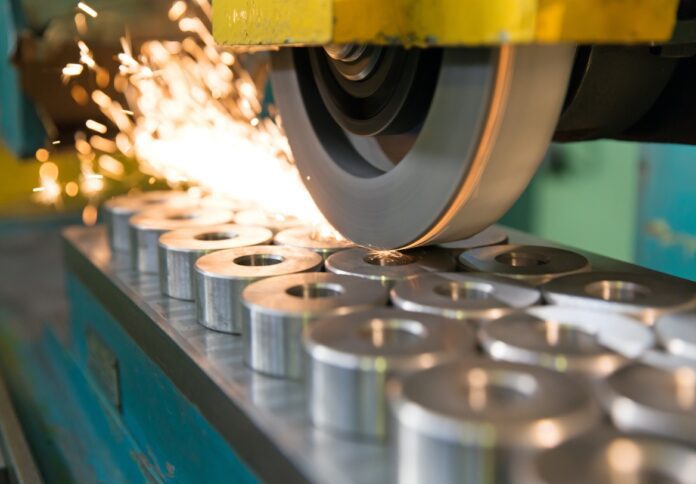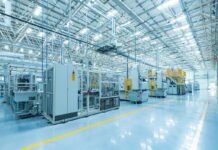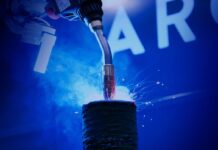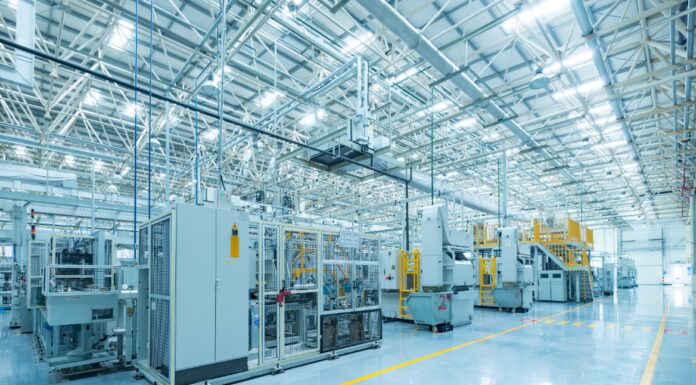
Article by Jochen Kern, Head of Sales and Marketing, Micro Component Group
In today’s hyper-competitive, innovation-driven industries, manufacturers are being asked to do more with less, deliver parts with higher functionality, tighter tolerances, and faster turnaround times, all while maintaining cost efficiency and sustainability.
For those working in sectors such as medical devices, aerospace, automotive, and advanced electronics, the pressure to innovate has never been higher. Against this backdrop, agility in manufacturing is not just a differentiator; it’s a necessity.
And yet, many manufacturers are still relying on legacy processes like stamping, punching, and laser cutting for the production of precision metal parts. While these methods have served industries for decades, they are increasingly showing their limitations in an age of miniaturisation and complex design requirements. Enter photo-chemical etching (PCE), a manufacturing process uniquely positioned to meet the demands of 21st-century engineering.
The agility imperative in precision manufacturing
Innovation doesn’t happen on static timelines. Design changes are inevitable as products evolve during development, whether to meet regulatory requirements, integrate new functionality, or respond to market shifts. Traditional methods like stamping or punching are inherently inflexible in this context. Each design change requires costly and time-consuming tool modifications or replacements. For manufacturers working to compress time-to-market, this lack of agility can be a critical bottleneck.
Photo-chemical etching eliminates this barrier. Instead of relying on hard tooling, PCE uses digital photomasks to define component geometry. This allows design changes to be implemented rapidly and at minimal cost, making PCE ideal for prototyping, low-volume runs, and even full-scale production where design evolution is ongoing. With no mechanical tooling to modify, manufacturers can iterate faster and respond to customer feedback with unparalleled speed.
PCE VS. traditional methods
When comparing PCE to processes like stamping and punching, several advantages stand out:
- No Mechanical Stress or Distortion: Stamping and punching subject materials to significant mechanical forces, which can lead to deformation, micro-cracks, or stress hardening. This is unacceptable for thin or delicate components used in high-reliability applications. PCE, by contrast, is a non-contact process that introduces no mechanical stress, preserving the integrity and properties of the base material.
- Burr-Free Edges: Punching and stamping often leave burrs that require secondary finishing to remove, a time-consuming and costly step. PCE produces burr-free components straight out of the process, saving time and ensuring parts are ready for critical applications, such as medical implants or micro-sensors, where surface integrity is non-negotiable.
- Complex Geometries: Traditional processes struggle with intricate or highly detailed designs, especially as components shrink in size. PCE excels in producing fine features and complex patterns with micron-level accuracy, opening the door to innovative designs that were previously considered impossible.
- Material Flexibility: While stamping and punching are limited by material thickness and ductility, PCE can be applied to a wide range of metals, including stainless steel, titanium, nickel alloys, and copper, in thicknesses from 10 microns to over a millimeter.
- Tooling Costs: Hard tooling represents a significant upfront cost in stamping and punching. Any design iteration adds further expense. PCE’s photomasks are cost-effective to produce and modify, reducing financial risk in the development process.
Application-specific superiority
To fully appreciate the transformative potential of PCE, consider these application-specific examples.
Medical Devices. In the medical sector, precision and cleanliness are paramount. Surgical instruments, implantable devices, and microfluidic components require burr-free edges and geometries that minimise tissue trauma and support reliable performance. PCE enables the production of ultra-sharp surgical blades and intricate drug-delivery meshes with consistent, repeatable quality. Unlike punching, which risks introducing stress points or contaminants, PCE parts emerge pristine and ready for biocompatibility compliance.
Aerospace and Defence. Weight reduction and structural integrity are key drivers in aerospace. PCE is used to produce lightweight EMI/RFI shielding, heat exchangers, and complex sensor housings. The non-contact nature of the process ensures no distortion in thin, lightweight materials, maintaining aerodynamic performance and structural reliability in mission-critical environments. Compared to stamping, which can deform thin sheets, PCE delivers a level of precision essential for components destined for flight.
Automotive and E-Mobility. As vehicles transition to electric powertrains and advanced driver-assistance systems, the demand for compact, high-precision metal components grows. Battery connectors, micro-mesh filters, and sensor housings are all applications where PCE’s ability to create fine geometries in ultra-thin materials provides a clear edge. In addition, PCE allows automotive engineers to prototype new designs quickly and transition to mass production without changing processes, a key advantage in fast-moving markets.
Electronics and Semiconductor Manufacturing. In electronics, where miniaturisation and high-density layouts dominate, PCE supports the production of ultra-thin interconnects, shielding, and heat spreaders with intricate patterns and tight tolerances. Unlike laser cutting, which can leave heat-affected zones, PCE preserves the material’s properties, ensuring reliable electrical performance.
Enabling Sustainability and Scalability. Sustainability is no longer optional in manufacturing. Traditional subtractive methods often generate significant waste, both in terms of material and energy consumption. PCE, on the other hand, is a lean process. By selectively removing only the necessary material, it minimises waste and eliminates energy-intensive secondary operations like deburring or annealing.
Scalability is another hallmark of PCE’s flexibility. With reel-to-reel processing capabilities, Micro Component Group can produce millions of high-precision components with the same consistency and quality as single prototypes. This means manufacturers no longer have to compromise between precision and volume, they can have both.
The future of precision manufacturing
As industries push toward ever-tighter tolerances and more complex designs, the limitations of traditional methods will only become more apparent. Photo-chemical etching is not simply an alternative, it’s a platform for innovation, enabling engineers to explore designs previously dismissed as impractical.
At Micro Component Group, we see PCE as the linchpin for next-generation manufacturing agility. By combining cutting-edge process expertise with a customer-centric approach, we help manufacturers across sectors achieve breakthroughs in design, speed to market, and product performance.
If you’re still designing within the constraints of yesterday’s processes, maybe it’s time to ask what could you achieve if your manufacturing method worked with you, not against you?
The content of this article is based on information supplied by the author. This information is general in nature and has been prepared without taking your personal/ professional/business objectives, circumstances and needs into account. You should consider the appropriateness of the information to your own circumstances and, if necessary, seek appropriate professional advice. Consider the terms and conditions for the product before making any decision.




















